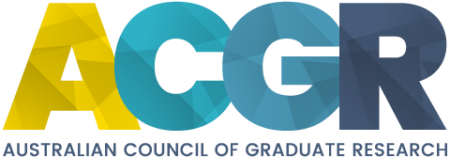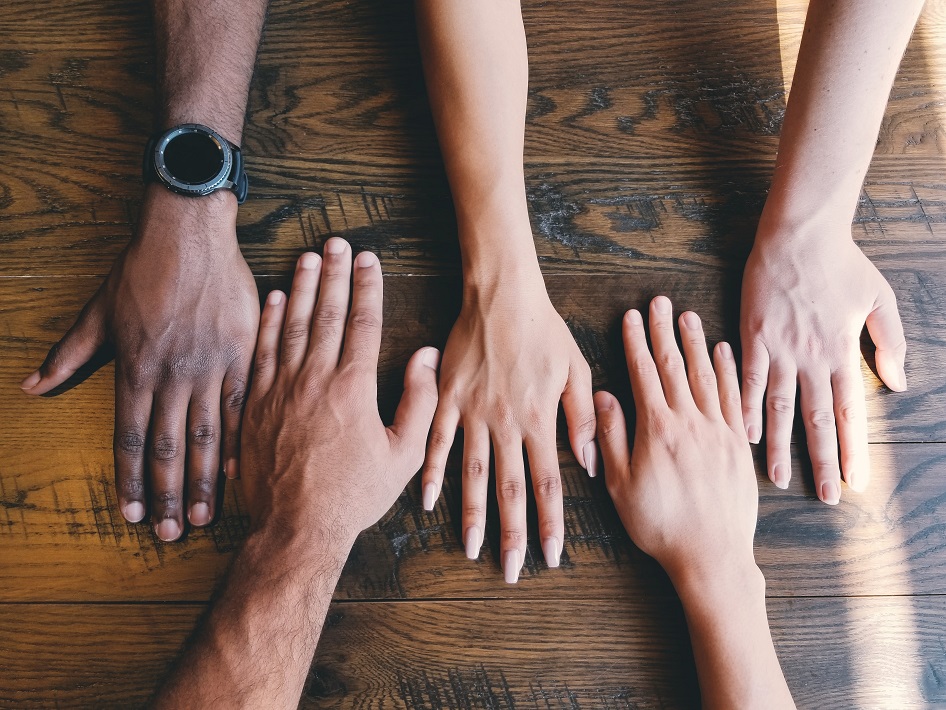Interview with Professor Christopher Sonn, Victoria University
Written by Dr Narelle Tunstall, Managing Editor, Graduate Research Impact
Most academic online profiles rarely tell you the full story about someone’s research. Let me give you an example.
I met Professor Christopher Sonn in 2014 when I was working at Victoria University (VU). His online profile will tell you he is the ‘research leader for the Community Identity and Displacement research group’ at VU.
It also says his research involves understanding and elevating the voices of individuals and groups who are marginalised or excluded through forms of structural and symbolic violence such as racism and sexism. That he has expertise in community and liberation psychology and qualitative and creative methodologies. And importantly (in academic terms anyway), he has over 100 publications in high-ranking journals and edited books.
However, I also know that since completing his PhD in 1996, Christopher has been passionate about facilitating social change.
Research for our times…
Six years after I first met Christopher I’ve tracked him down to talk about this research because, well, given recent events (#BLM!), I think its pretty relevant stuff. I already know Christopher’s research aims to promote diversity and inclusion – by empowering communities through self-determination and valuing what makes them ‘different’. But I want to understand how all those publications and books can end up having a real impact on communities.
Speaking over Zoom, with a photo of his South African homeland in the background, Christopher tells me while he certainly hopes his research will have impacts for diversity and inclusion, what he’s really interested in, as a scholar, is dynamics of oppression and resistance.
It’s heavy stuff for this writer, a white privileged woman who grew up in Melbourne’s east and studied science! But given what’s going on in the world, I’m keen to absorb everything I can from Professor Sonn, who’s not only spent the last 20-plus years researching this topic but also grew up in South Africa during apartheid. If you care about the credibility of information sources as I do, he’s got ‘expert’ covered.
He notes that oppression occurs because different people have varying amounts of power and privilege.
“Power and privilege determine who can speak and who is taken seriously.”
When he puts it that way, it’s easy to see how not being taken seriously (if you even have a voice at all) can shape a community’s identity. As we talk more, he gives me a sense of how displacement, whether that be through forced migration or internal displacement (read: colonisation), influences identity even further.
Christopher explains a bit more about his thinking on white supremacy, power and privilege and the social structures that produce inequality in the lives of displaced and marginalised, ‘different’ groups.
“We need to understand the histories and structures constructed around difference – whether they be in race, gender, age – and how they persist to enable power,” he says. He explains, that these structures and systems get internalised and taken for granted, but we need to reveal them and examine them.
“We need people to think deeply about how they give a name to something and give it meaning. A name that is useful for some but harmful for others.”
He cites the recent example of ‘Karen in the park’ (the white women who was asked by a black man to leash her dog in New York’s Central Park) to exemplify how power and privilege can be weaponised. I told him I’d seen the video and was stunned by how she emphasised his difference (i.e. race) in her phone call to the police, because she clearly assumed she would be believed over him.
“This is why, to enable social change in our communities, we need to understand the dynamics of power and privilege.”
From research to social change
Knowing Christopher works with communities in Melbourne, I ask him how his complex research agenda is creating social change.
He explains a significant part of his research is evaluating how community cultural development programs create communities of learning, which can in turn tackle discrimination and promote cohesion by empowering individuals to value difference.
Christopher and his group of PhD students and collaborators work with various community organisations, particularly Indigenous groups and the African diaspora, that develop novel, culturally informed and youth-led approaches to address issues of marginalisation, discrimination and displacement.
He says there are numerous community cultural development agencies and collectives using cultural practice, such as art programs, to create, promote, and improve opportunities for participation, networking and community empowerment.
These community organisations have all accumulated grassroots experience and sophisticated knowledge about how to empower individuals in their own communities and to collectively challenge structures of systemic and interpersonal exclusion, foster intergroup relations and strengthen social cohesion.
But.
This knowledge is often implicit and not broadly shared between groups. Too often, it remains an untapped or underutilised resource, which may be further weakened by personnel changes within these small and often under-resourced community organisations.
Christopher’s research, which partners closely with these community organisations, documents their community program practices in a systematic way to evaluate them. This produces public education resources, or “pedagogies of discomfort” as he calls them, that become accessible for a broader range of community groups and institutions that can be used to spark the uncomfortable conversations we need to have.
Despite their grassroots experience, these organisations also need support to continuously build young people’s capacities, skills, and knowledge, says Christopher. Such support helps these young people become (more) effective change agents, advocates, and leaders who foster social cohesion, promote anti-racism and positive intergroup relations. One way we achieve this is by facilitating the placement of PhD researchers with the organisations.
Supervising the next generation of community researchers
To date, Christopher has supervised or co-supervised 15 Doctoral students and is currently supervising six Graduate Research students, who are working on a variety of projects with community partners. One example is the ‘Colour between the lines: creating solidarities across communities of difference’ project that Christopher is undertaking with his PhD student Rama Agung-Igusti.
Colour Between the Lines (CBTL)1 is an initiative, run by a collective of six experienced African creative practitioners, which seeks to create a culturally safe space to develop a program of community arts practice (exhibitions, screenings, performances, and other events) in Melbourne’s west.
This initiative has been driven by issues of misrepresentation and misrecognition of the African diaspora in the public discourse. Some media outlets, institutions with considerable power and privilege, have propelled powerful and damaging rhetoric within Australia about the African diaspora as criminal and culturally incompatible to ‘normal’ Australia.
CBTL aims to nurture young and emerging African artists, and offer spaces that facilitate conversations between young Africans and community elders to explore issues affecting social cohesion from African perspectives, culminating in large events that work towards wider social change.
Where Rama’s PhD research (supervised by Christopher) comes in is to document and evaluate CBTL as a social change initiative. By understanding how this community of learning in Melbourne’s west can shape understandings of self and community identity, the team hopes to highlight the role of community arts projects in fostering community participation.
Christopher continues, research projects like ours, often conducted by graduate researchers, will help capitalise on the transformative potential of locally run arts practice and community cultural development.
Creating communities of learning, but there’s still more to do…
Community groups who have partnered with Christopher’s team praise their research. In addition to evaluating their cultural development programs they say the knowledge has supported them to attract or retain government resources for their programs.
But Christopher wants to go further. He says: “We want to bring the learnings from these programs into the broader community and institutions so we can raise consciousness about difference and how it works. So, we can challenge and transition social structures, and transform (community) relationships.”
“Ultimately, we hope our research will help to make visible the ways in which oppression is maintained through discourse, ideology, and cultural practices in everyday ways.”
“But for now, through our research, we can help mobilise community arts and cultural practice for self-determination, deracialisation, and wellbeing.”
And it seems, going by the words of one community program leader, that he’s already achieving the latter. “Dr. Sonn’s engagement was truly enriching and impactful for the communities with whom we work, the staff members, and the strategic direction of the organisation. His legacy should not be underestimated.”
While I expect Professor Sonn’s online academic profile will remain fairly concise, I also expect his research impacts will continue to grow.
1This study is being undertaken in partnership with cohealth Arts Generator (cAG), a participatory arts space that works with diverse social and cultural groups to unlock creative potential, build connections, and improve wellbeing for young people by producing high quality, cutting edge art and art experiences.
Photo by Clay Banks on Unsplash

